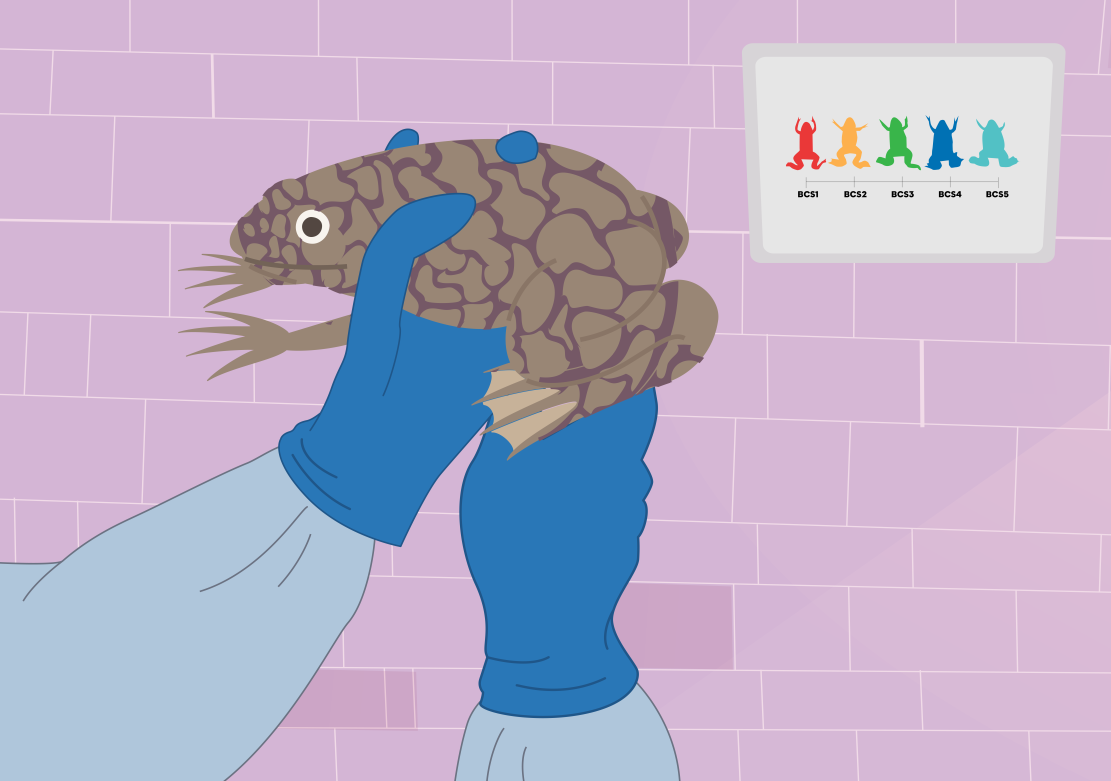Writing systems are one of humanity’s most important inventions, allowing us to communicate across time and space. For centuries, researchers thought the relationship between written symbols and their sounds was completely arbitrary – that there was no real connection between how a letter looks and how it sounds. However, recent research has challenged this, suggesting that writing systems often contain hidden patterns linking symbols to sounds. A new study by Dr Hana Jee of York St John University investigates whether people from different language backgrounds share similar preferences for how symbols should connect to sounds. Read More
Different writing systems show different patterns – English and similar languages tend to use bigger letters for more complex sounds, Chinese uses more intricate characters for complex syllables, and Korean has a system where similar-looking letters represent similar sounds. Dr Jee wanted to understand whether people prefer the way their native writing system connects letters to sounds.
To test this, Dr Jee surveyed 845 participants from Britain, China, and South Korea. Participants were shown pairs of sounds (like ‘g’ and ‘s’) along with three different pairs of symbols taken from ancient writing systems. Each pair of symbols represented one of the three different ways writing systems connect shapes to sounds. Participants were asked to choose which pair of symbols they thought best matched the pair of sounds.
The results were unexpected. Rather than preferring the pattern from their native language, participants from all three countries showed a strong preference for the Korean-type system, where similar sounds are represented by similar-looking symbols. This was particularly true for British and Chinese participants. Interestingly, Korean participants showed the least preference for this pattern, possibly because they were consciously aware of how their writing system was designed.
Dr Jee suggests these findings might reflect how modern education has shaped the way we think about matching symbols to sounds. The Korean-type system, where similar shapes represent similar sounds, aligns well with the logical, proportional reasoning that’s emphasized in modern education.
To further explore, Dr Jee suggests studying pre-school children, who have had less education. This could help determine whether the preference for Korean-type systematicity is natural or learned.
These results raise fascinating questions about how writing systems develop. While different writing systems have evolved distinct ways of connecting letters to sounds, this research suggests that there may be universal cognitive principles underlying how we map visual symbols to sounds.







